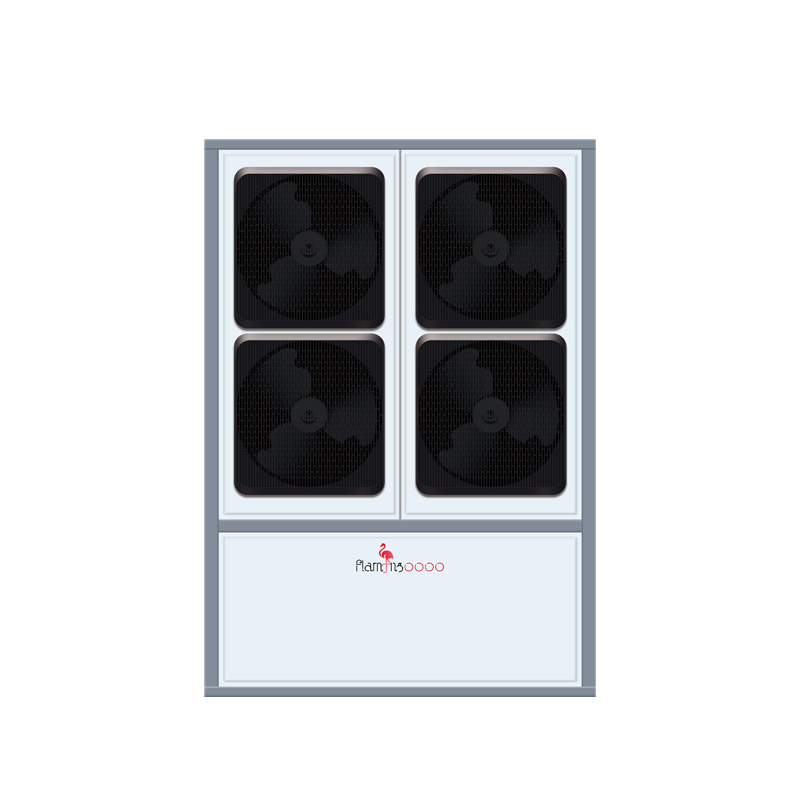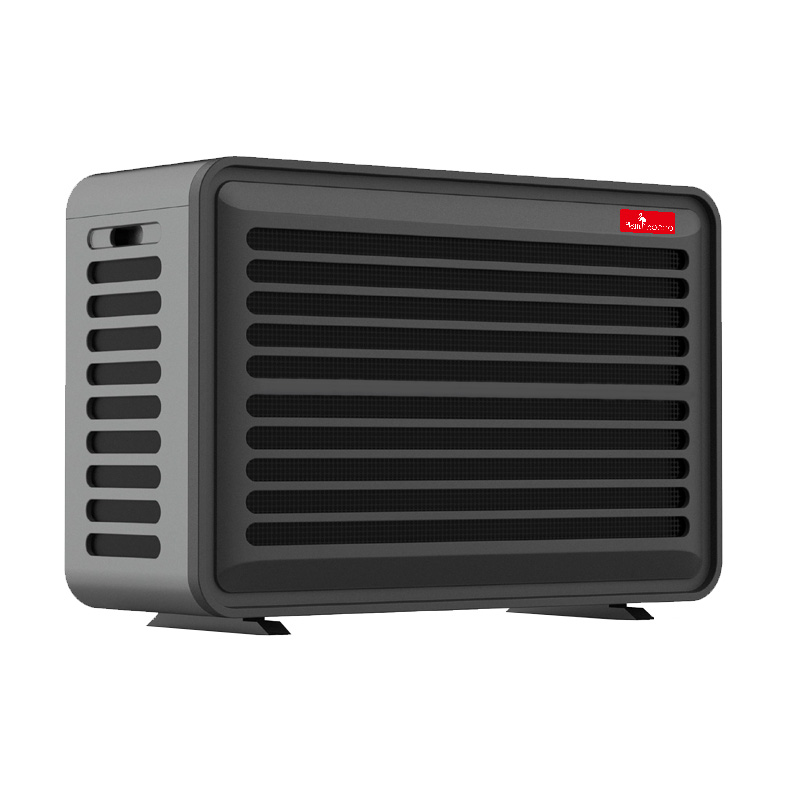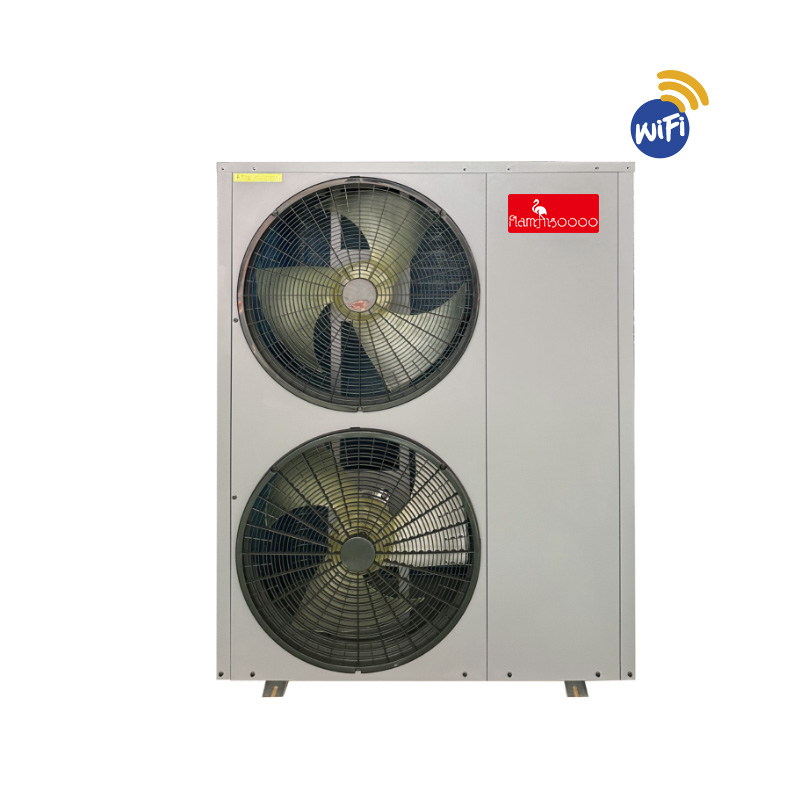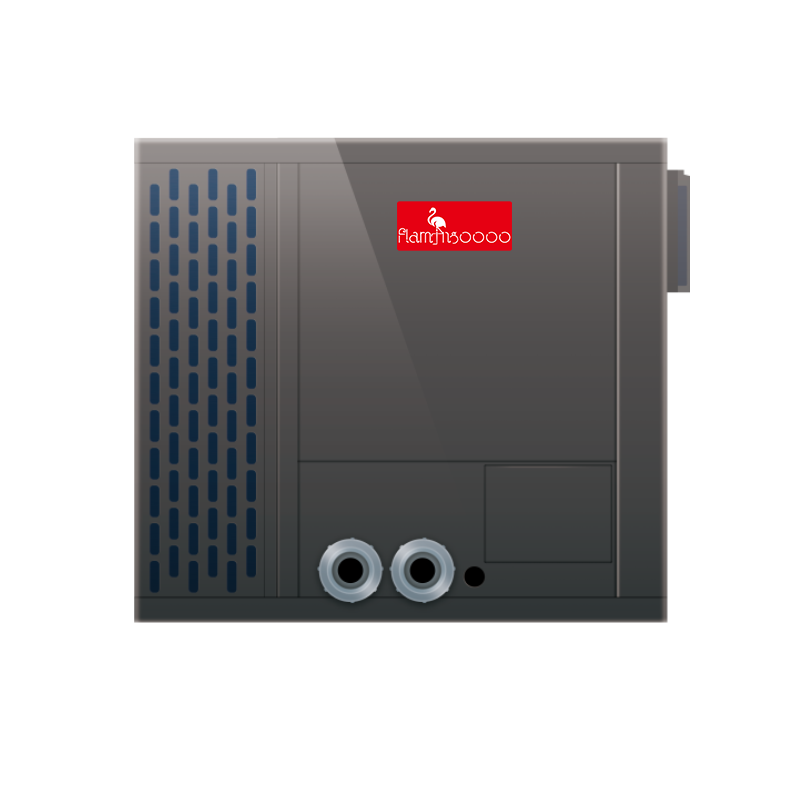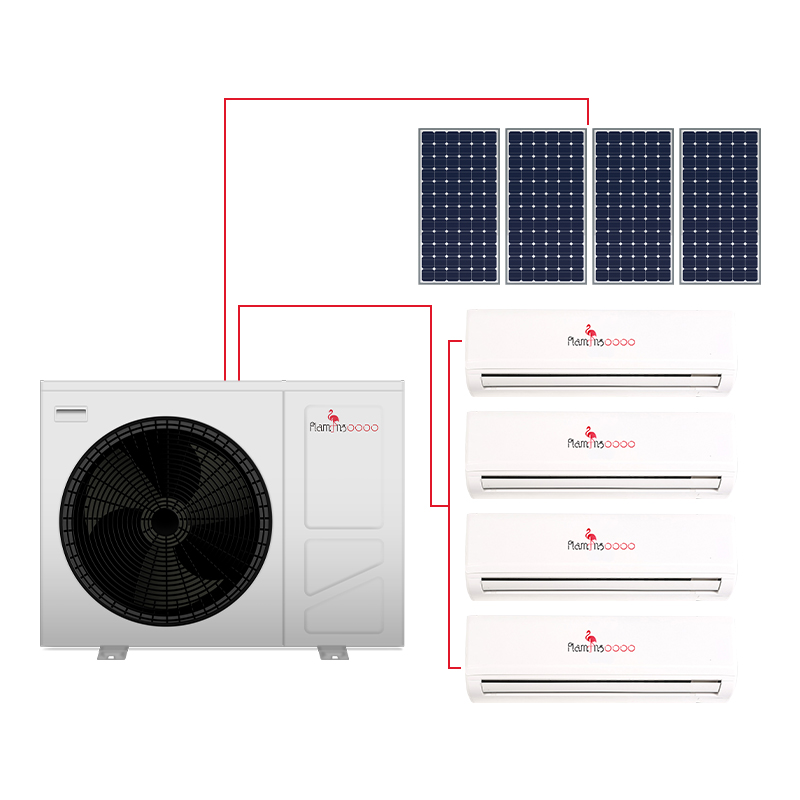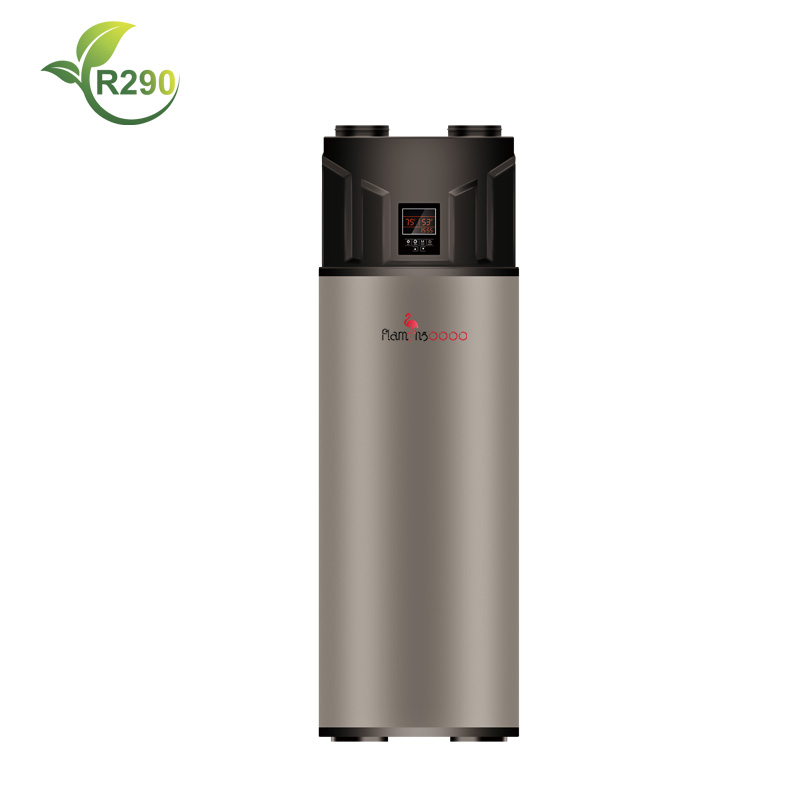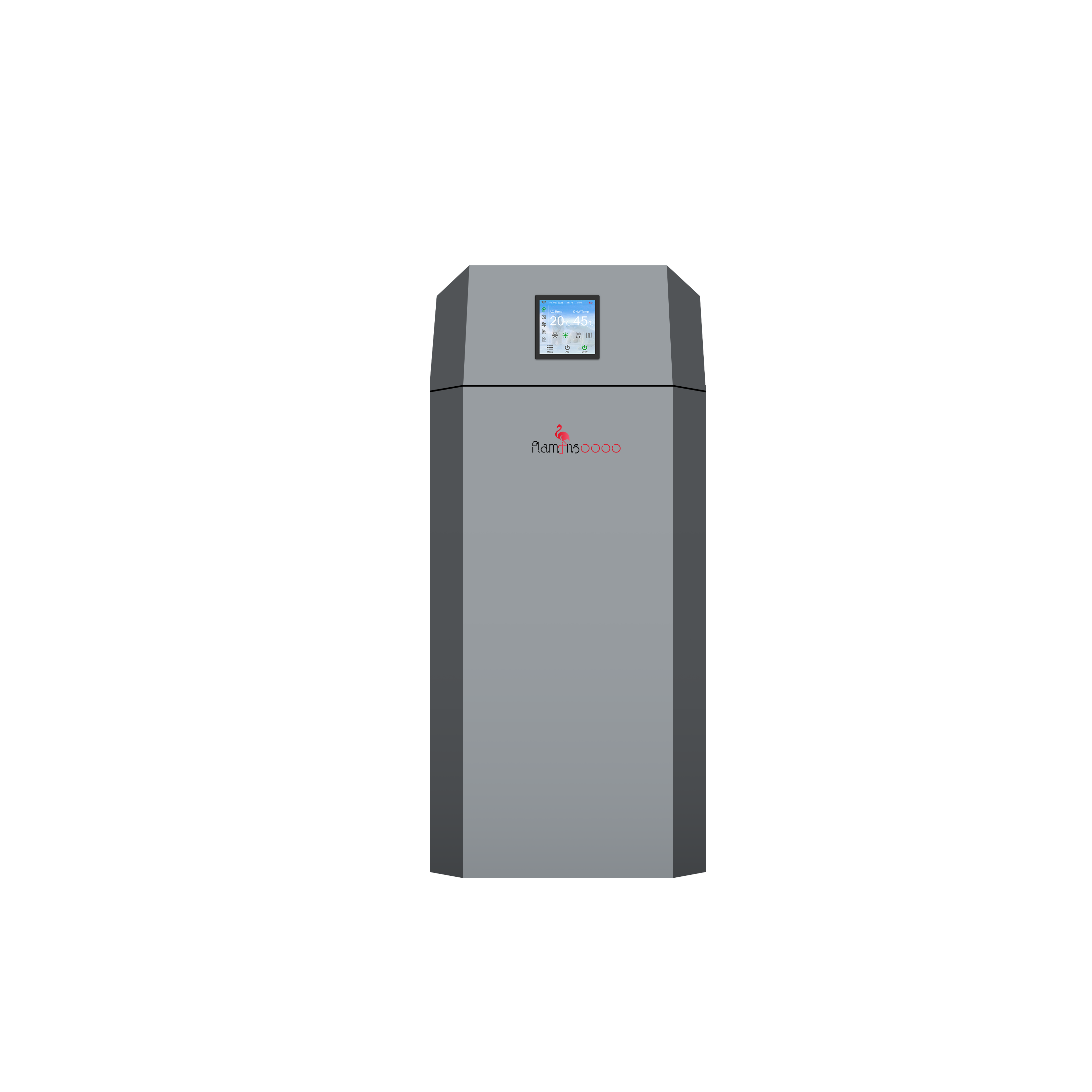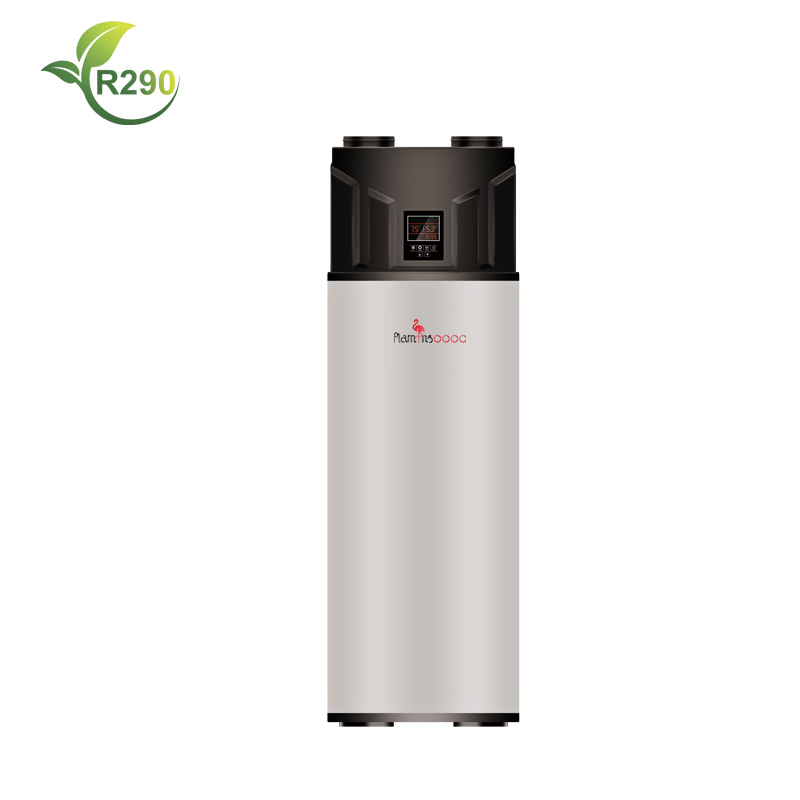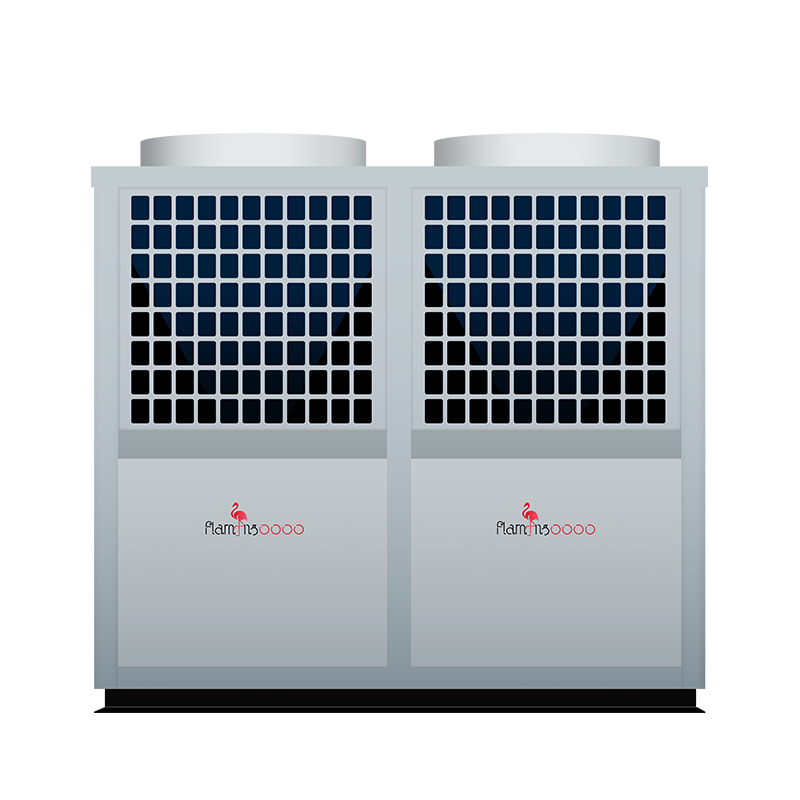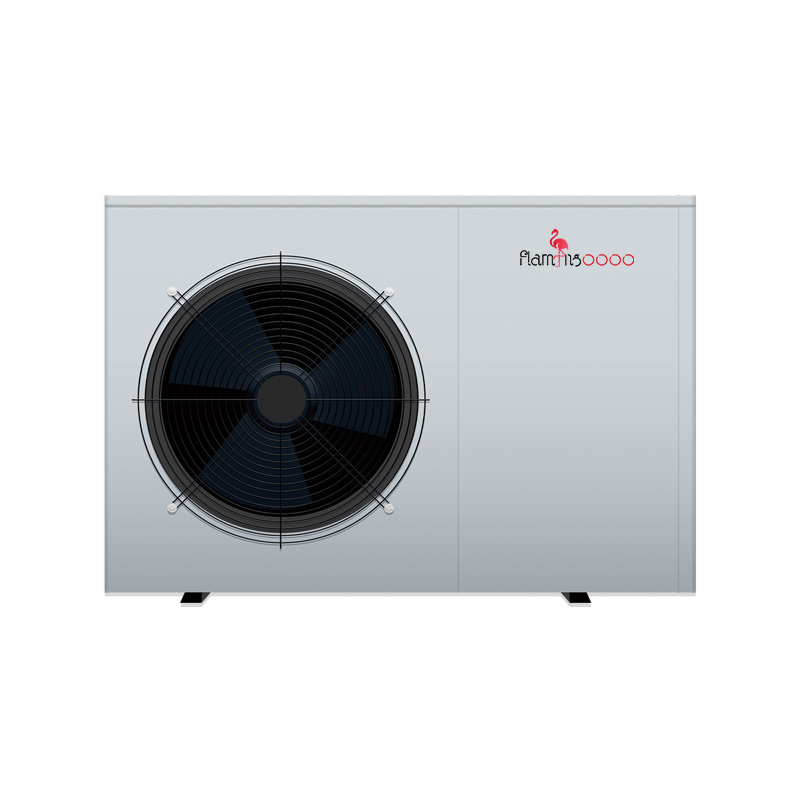Use Heat Pumps and Say Goodbye to High Electricity Bills
Introduction
As energy costs continue to rise, homeowners and businesses are looking for ways to reduce electricity consumption while maintaining a comfortable indoor environment. Heat pumps have emerged as a revolutionary solution, offering hot water, cooling, and heating—all in one system. Unlike traditional HVAC systems that require separate units for heating, cooling, and water heating, a heat pump efficiently combines these functions, significantly reducing energy costs.
This article explores how heat pumps work, their three-in-one functionality, and why they are the key to lower energy bills.
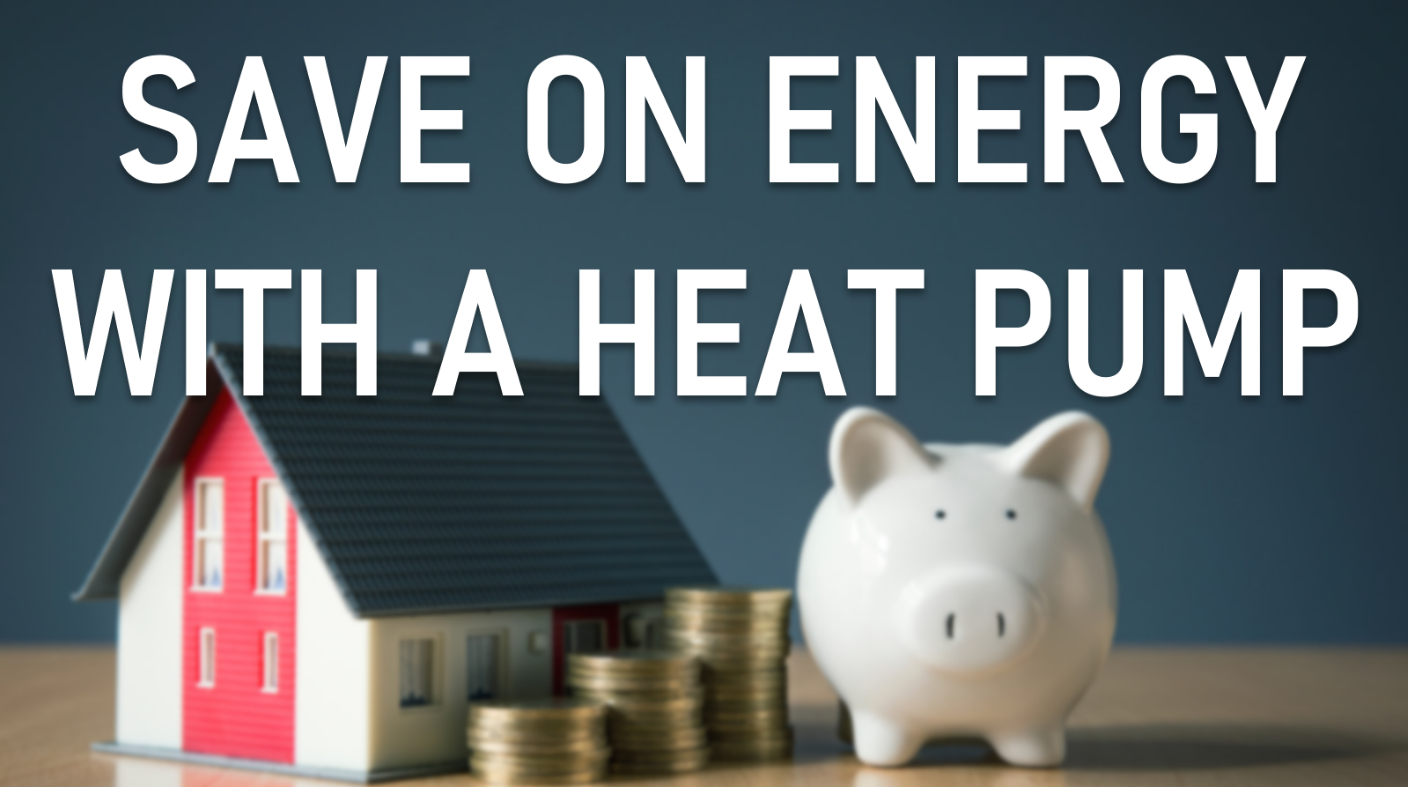
1. What is a Heat Pump?
A heat pump is an advanced energy-efficient system that transfers heat rather than generating it. Instead of burning fuel or using high amounts of electricity to create heat, heat pumps extract heat from the air, ground, or water and move it where it is needed. This makes them highly efficient, using far less energy than traditional heating and cooling systems.
Unlike air conditioners, gas heaters, or electric water heaters, which each serve a single purpose, a heat pump provides:
✔ Heating during winter
✔ Cooling during summer
✔ Hot water all year round
This three-in-one functionality makes heat pumps one of the most cost-effective and energy-efficient solutions available today.
2. How Heat Pumps Reduce Electricity Bills
(1) High Efficiency = Lower Power Consumption
Traditional heating and cooling systems rely on electrical resistance heating (such as space heaters) or fossil fuels (such as gas furnaces), both of which require significant energy input. Heat pumps, however, can produce 3 to 5 times more energy than they consume, thanks to their heat transfer mechanism.
For example:
An electric heater uses 1 kWh of electricity to produce 1 kWh of heat.
A heat pump can use 1 kWh of electricity to produce 3 to 5 kWh of heat.
This means that a heat pump is 3-5 times more efficient than traditional heating systems, leading to huge savings on electricity bills.
(2) One System Instead of Three
Because a heat pump heats, cools, and provides hot water, homeowners no longer need to purchase and operate separate air conditioners, water heaters, and heating systems. This reduces not only initial investment costs but also monthly energy expenses.
(3) Smart Inverter Technology Saves Even More
Many modern heat pumps come equipped with inverter technology, allowing them to adjust power usage based on real-time demand. Unlike conventional air conditioners and heaters that constantly turn on and off (which consumes more power), heat pumps operate at variable speeds, maintaining a stable temperature while using less electricity.
3. Three-in-One Functionality: Hot Water, Cooling, and Heating
(1) Hot Water: Efficient and Cost-Effective
Traditional water heaters consume a significant amount of electricity, especially in larger households. Heat pumps offer an energy-efficient alternative by using ambient heat from the air to warm the water.
They use up to 70% less electricity compared to conventional electric water heaters.
They can provide a steady supply of hot water for showers, dishwashing, and household needs.
Some models even allow homeowners to store excess heat in a hot water tank, further maximizing energy efficiency.
(2) Cooling: Comfortable and Energy-Efficient
In summer, a heat pump functions just like an air conditioner, effectively removing heat from indoor spaces and transferring it outside. The key advantage? Better efficiency and lower power consumption.
Compared to traditional air conditioners, heat pumps consume less energy to achieve the same cooling effect.
They use eco-friendly refrigerants, making them a greener choice.
(3) Heating: Stay Warm in Winter Without High Costs
During cold months, heat pumps extract heat from the air—even in low temperatures—and transfer it indoors.
Heat pumps operate efficiently even in freezing conditions.
Unlike electric or gas heaters, they do not burn fuel or create direct emissions, making them environmentally friendly.
They offer even heating without creating dry indoor air like traditional space heaters.
With this all-in-one system, heat pumps provide year-round comfort while drastically reducing energy bills.
4. Government Incentives Make Heat Pumps Even More Affordable
Because heat pumps are a green technology that helps reduce carbon emissions, many governments offer financial incentives for their installation.
United States: The Inflation Reduction Act offers up to $2,000 in tax credits for heat pump installations.
United Kingdom: The Boiler Upgrade Scheme provides grants of up to £7,500.
Europe: Several countries offer rebates covering 30-50% of the cost of heat pumps.
By taking advantage of these incentives, homeowners can reduce upfront costs and enjoy long-term energy savings.
5. Why More Homeowners Are Switching to Heat Pumps
With rising energy costs, traditional heating and cooling systems are becoming too expensive to operate. Homeowners are now turning to heat pumps because they:
✅ Lower electricity bills by consuming less energy
✅ Replace three separate appliances with one system
✅ Provide year-round comfort with both heating and cooling
✅ Reduce carbon emissions, making homes more eco-friendly
✅ Qualify for government subsidies, reducing initial costs
Conclusion: Make the Smart Switch to Heat Pumps
If you are tired of high electricity bills, switching to a heat pump is the smartest decision you can make. With its three-in-one functionality—hot water, cooling, and heating—heat pumps provide superior comfort while drastically reducing energy consumption.
As governments continue to promote energy efficiency with subsidies and incentives, there has never been a better time to upgrade. By installing a heat pump, you can say goodbye to expensive energy bills and enjoy a more efficient, eco-friendly home.

